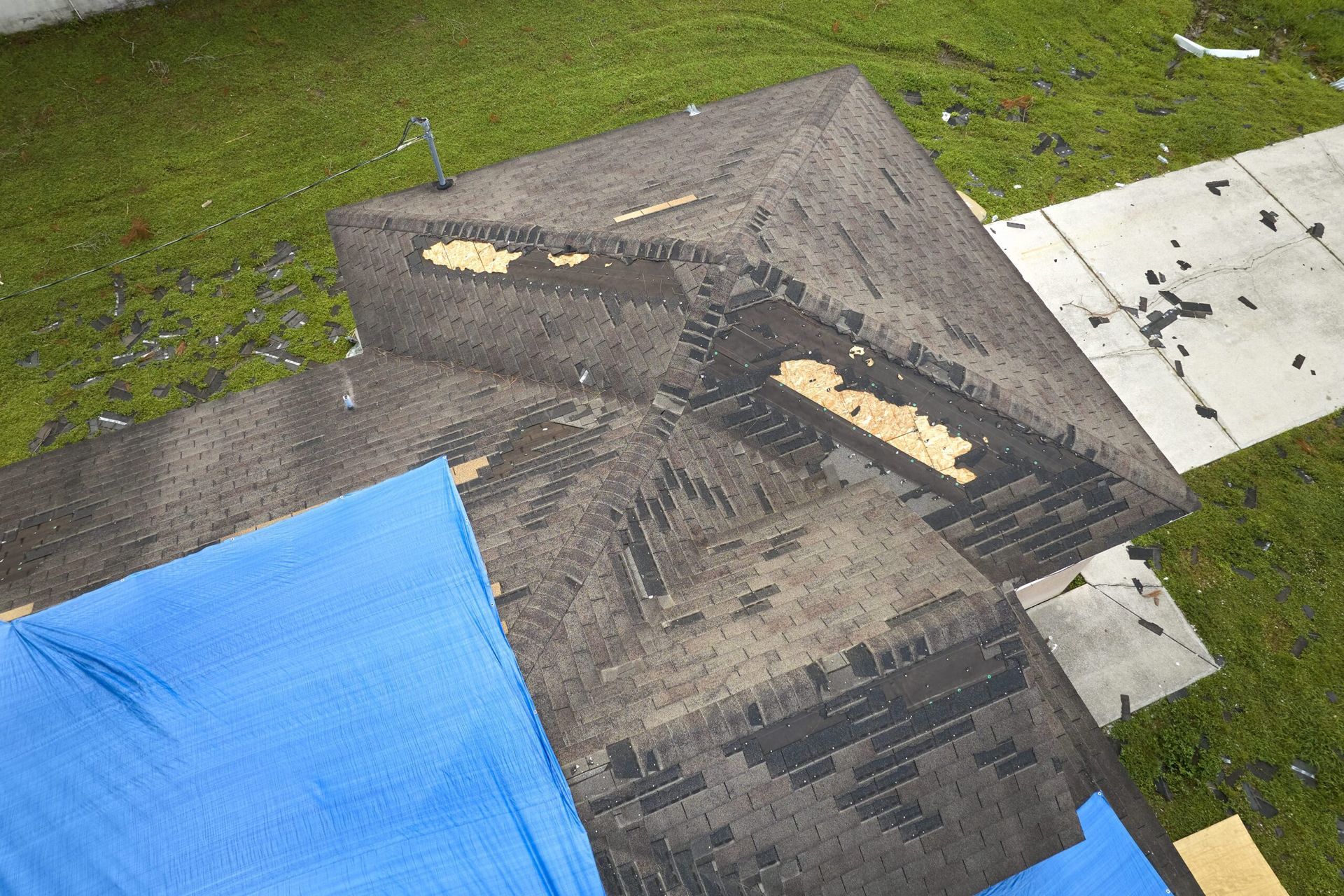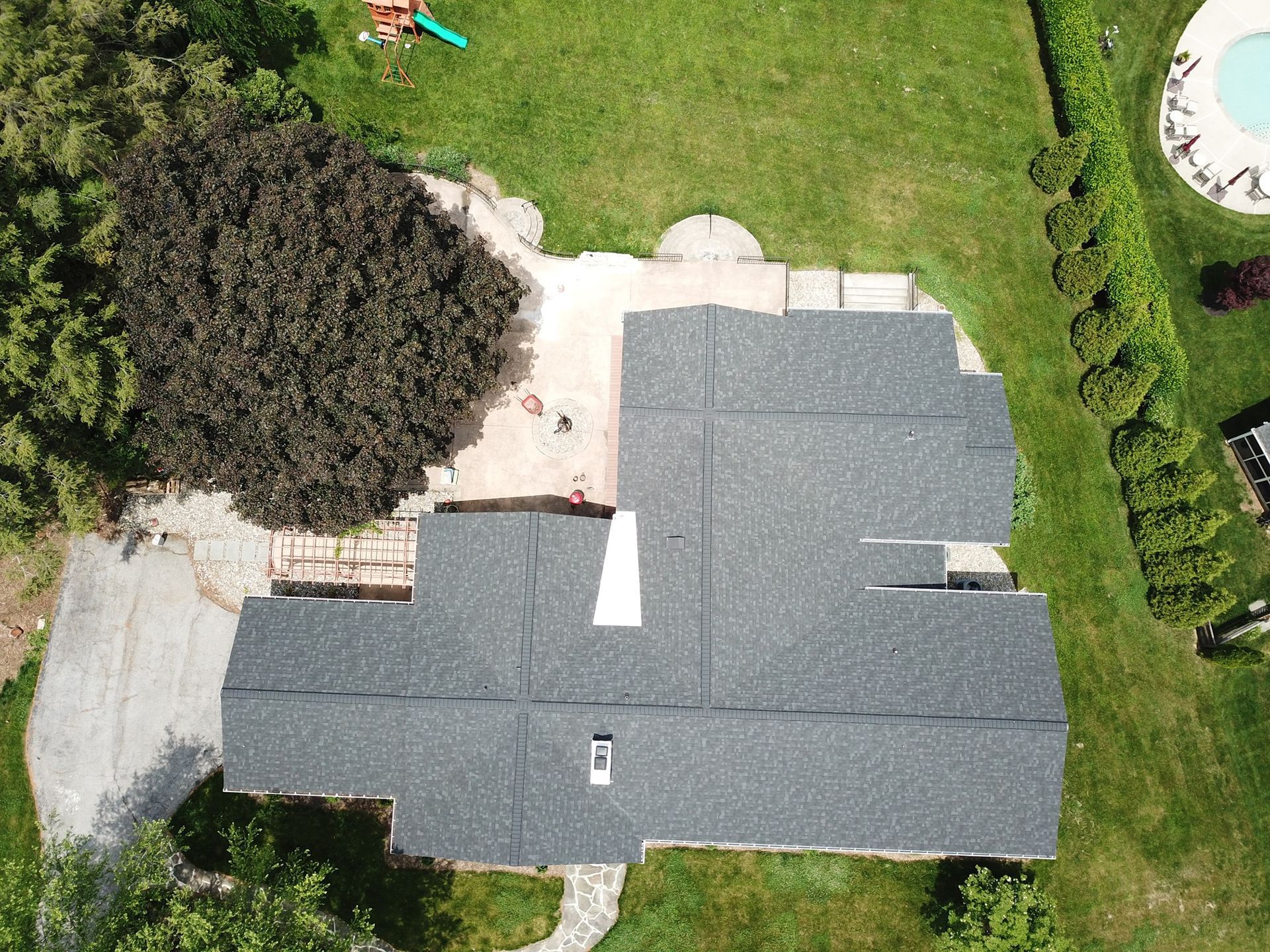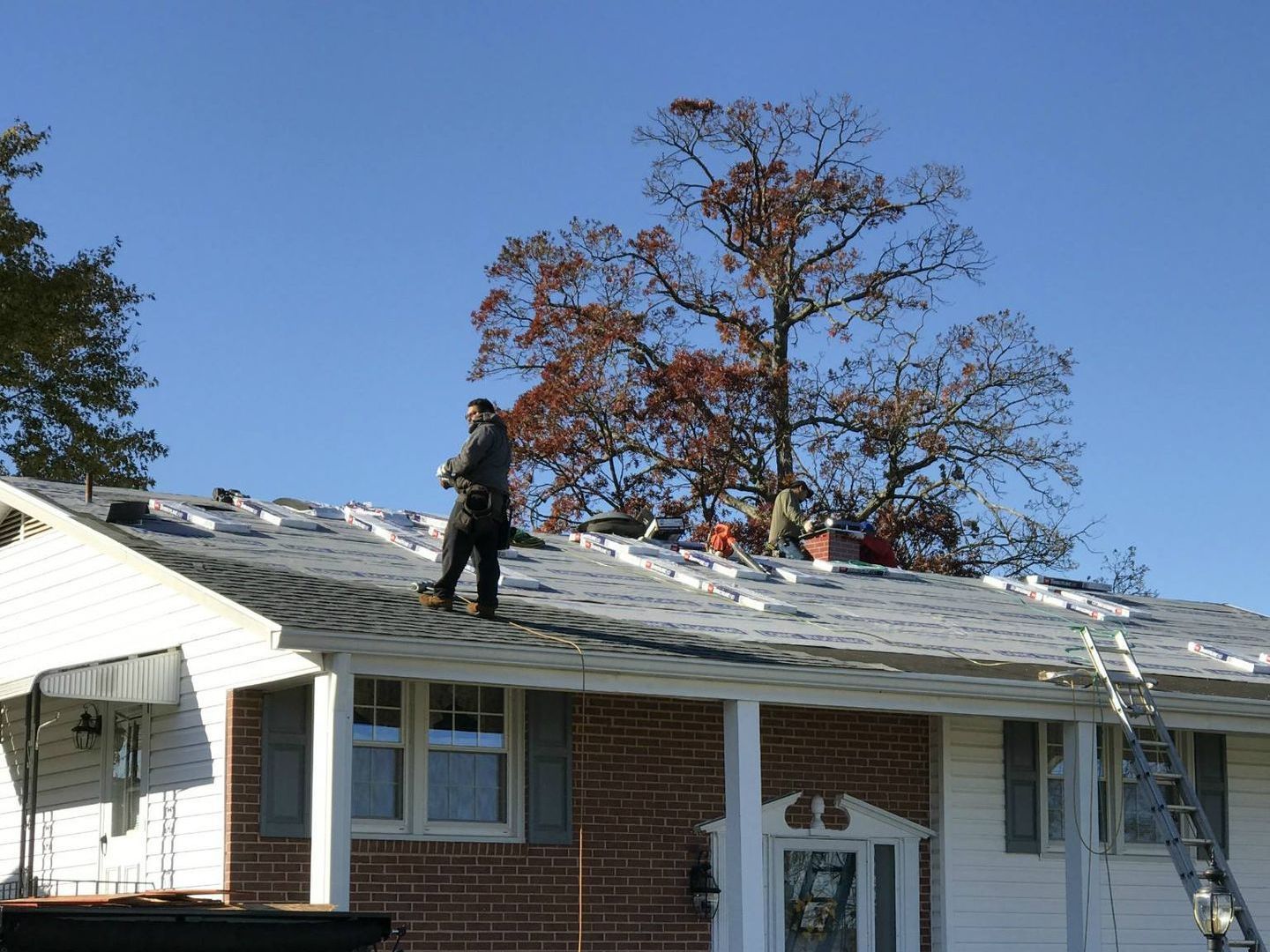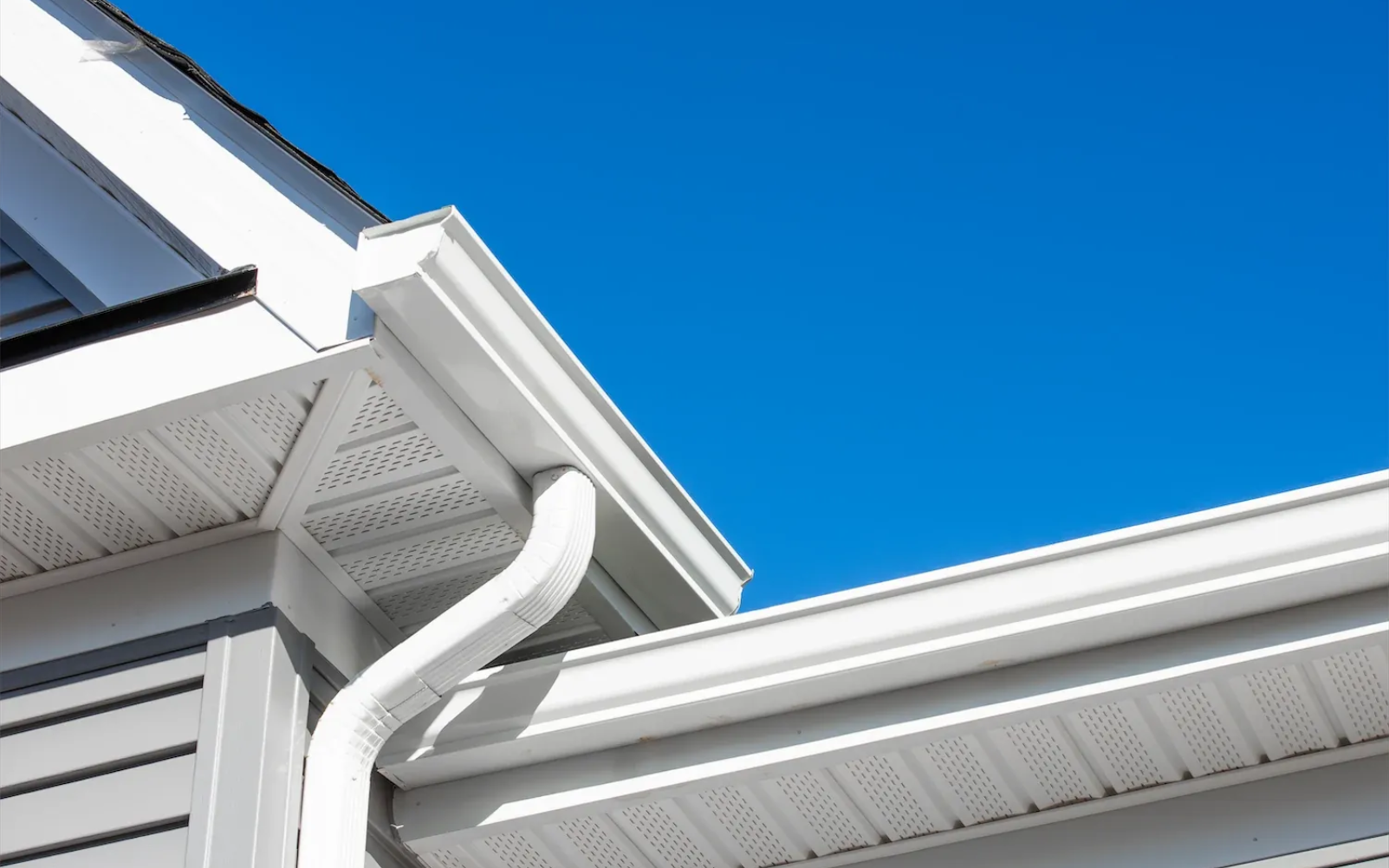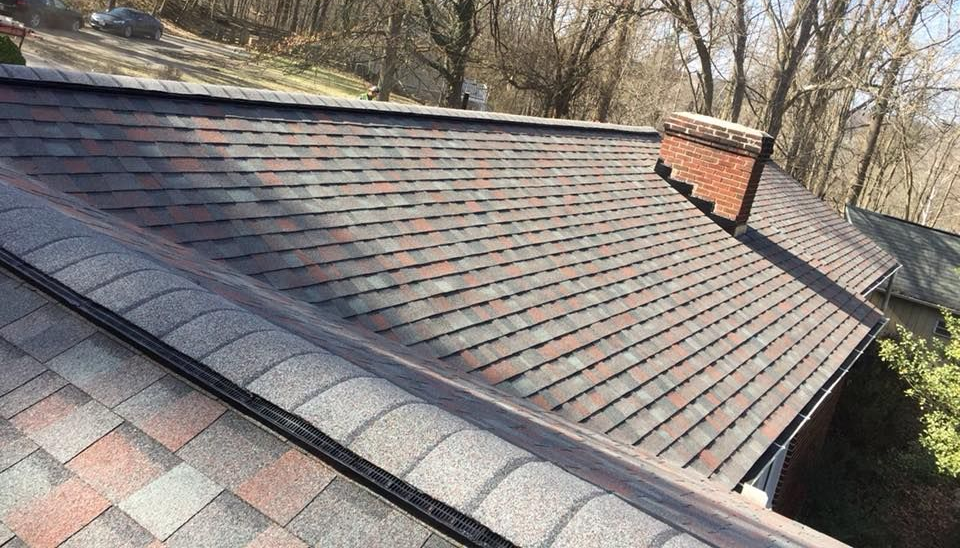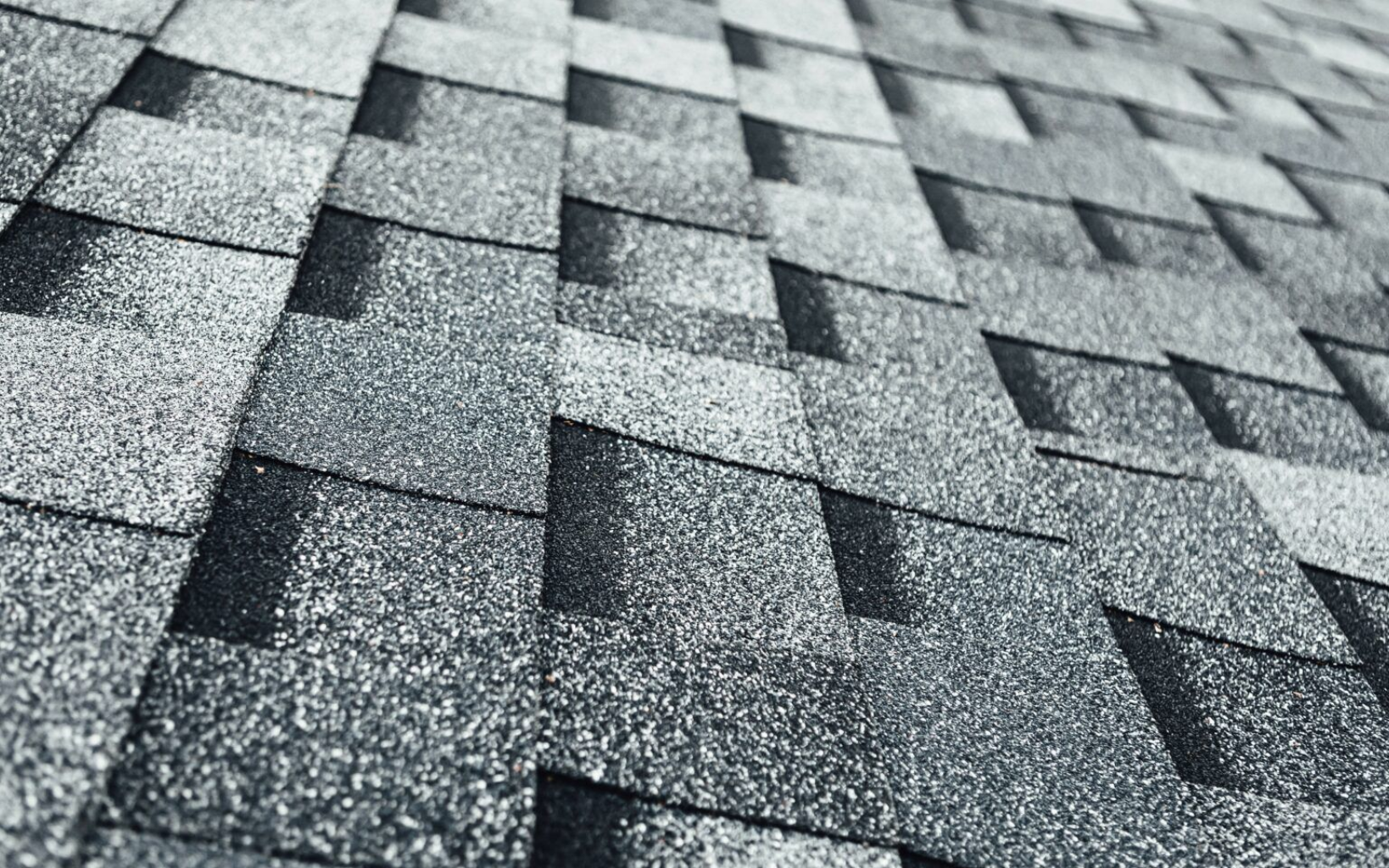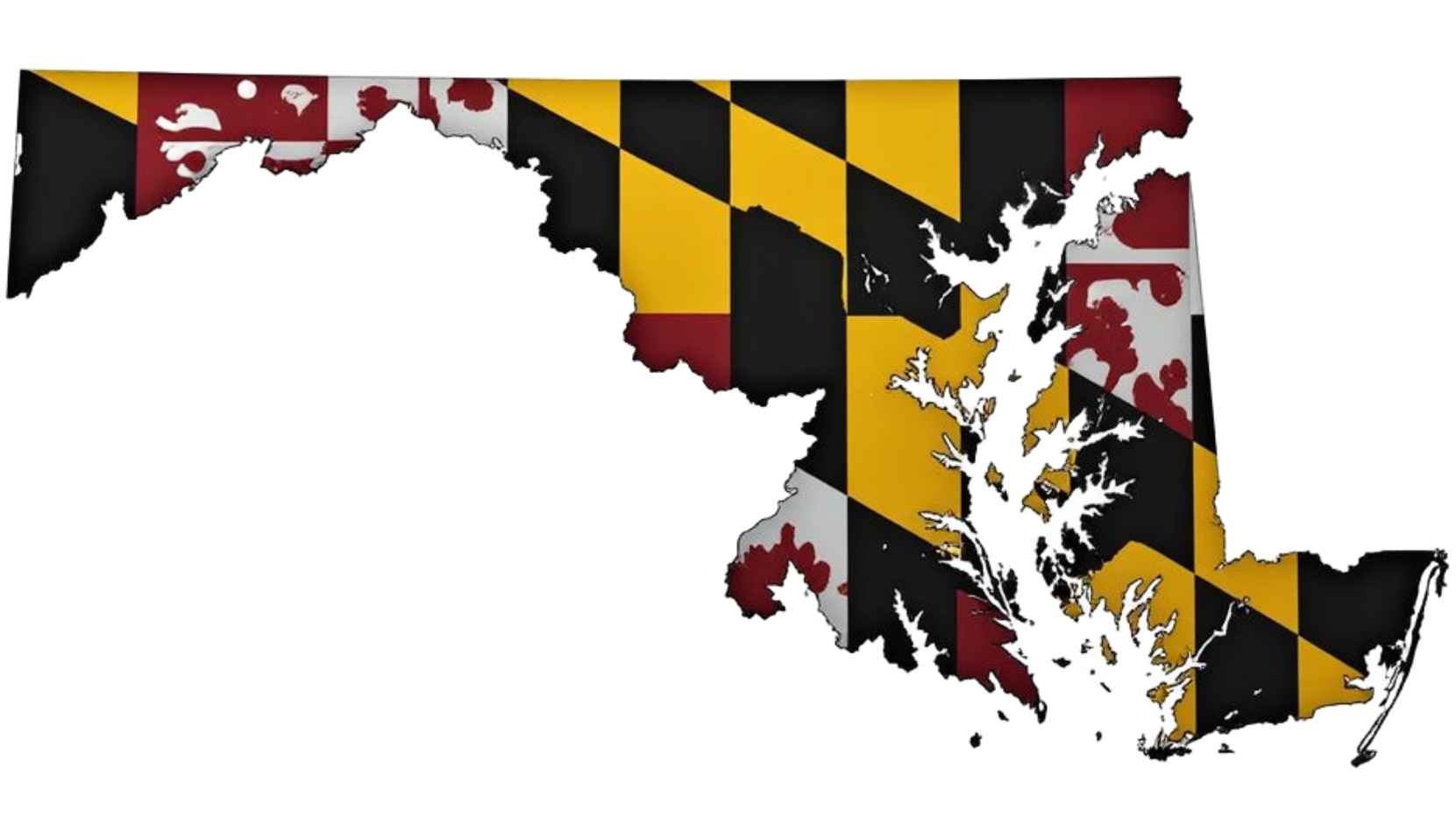Emergency Roofing After a Summer Storm: What to Expect in the First 48 Hours
Storm Damage Roof Repair in Maryland: What Homeowners Need to Know
Maryland summers bring more than just heat—they often bring powerful storms with wind, hail, and heavy rain. If your home has just been hit by severe weather, you may be left wondering what to do next, especially if your roof has taken a beating.
Here’s what Maryland homeowners need to know about emergency roofing after a summer storm, and why the first 48 hours are so critical.
Step 1: Stay Safe and Assess from a Distance
Your first priority should always be safety. If you suspect roof damage—especially if you see shingles in the yard or signs of leaks—do a visual check from the ground. Look for:
- Missing or curled shingles
- Exposed roofing felt or decking
- Tree branches or debris on the roof
- Water stains on ceilings or walls indoors
Don’t attempt to climb on the roof yourself. Wet or damaged roofing can be extremely dangerous. Leave the up-close inspection to the pros.
Step 2: Call an Emergency Roofing Contractor
The faster you act, the better. A trusted local contractor like Four Seasons Roofing can respond quickly to:
- Inspect the roof for hidden damage
- Apply a temporary tarp if there are active leaks
- Help document the damage for insurance claims
- Begin planning for permanent repairs
Searches for “emergency roof repair” spike in Maryland after storms—so don’t wait to make the call. Reputable contractors will prioritize emergency jobs and guide you through the process.
Step 3: Prevent Further Damage with Temporary Measures
If a portion of your roof is missing or compromised, even small leaks can lead to big problems fast—like attic mold, soaked insulation, and structural rot.
In many cases, your roofer will provide temporary roof tarp services to keep your home protected while waiting for full repairs. This crucial step prevents secondary damage and buys time for a proper fix.
Step 4: Document Everything for Insurance
Within the first 48 hours, start gathering evidence of the storm’s impact. You’ll want:
- Wide shots of the home and visible roof damage
- Close-ups of problem areas (if safely possible)
- Photos of interior water stains or leaks
- A copy of the storm report or weather alerts for your area
This documentation helps when filing a roof insurance claim—especially for storm damage from wind or hail, which many policies cover.
Step 5: Schedule a Full Inspection
Even if you don’t see major issues from the ground, there may be hidden storm damage that only a trained roofer can spot. This includes:
- Lifted shingles (which allow water infiltration)
- Damaged flashing around vents and chimneys
- Granule loss on asphalt shingles
- Moisture trapped in attic insulation
Your roofer can identify damage early, preventing the need for costly repairs down the line. In some cases, catching the problem within the first 48 hours can mean the difference between a small patch job and a full replacement.
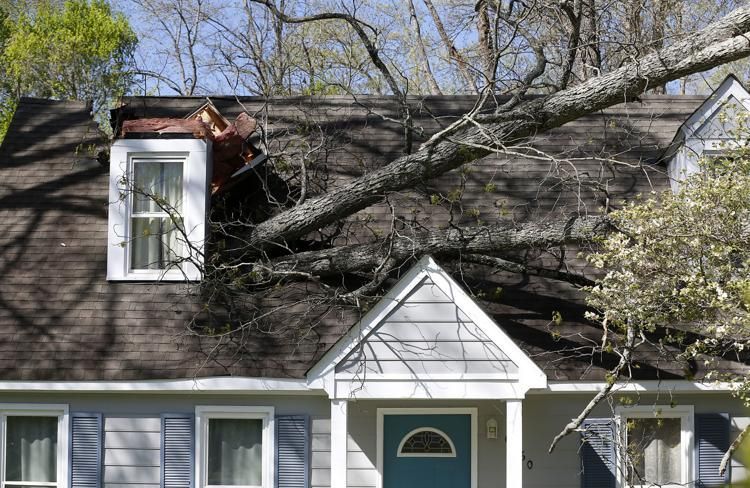
Don’t Wait—Summer Storm Damage Worsens Quickly
Unlike other types of wear, storm damage tends to escalate fast. A single night of rain after a compromised roof can cause thousands in water damage, not just to your roof, but to drywall, flooring, and personal belongings.
If you're in Maryland and just experienced severe weather, emergency roofing services from a local expert can protect your home before things get worse.
Need Emergency Roof Repair in Maryland? We’re Here 24/7
At Four Seasons Roofing, we understand the urgency that comes with storm damage. Whether it’s a leaking roof, missing shingles, or debris-related damage, we offer fast, professional emergency roofing services across Maryland.
Don’t wait for small problems to grow into costly repairs.
Contact us now—and let our experienced team protect your home when it matters most.

